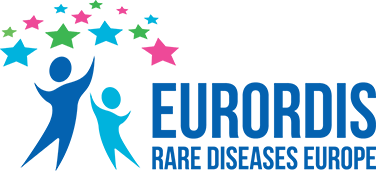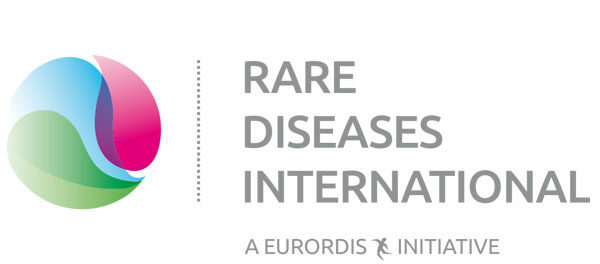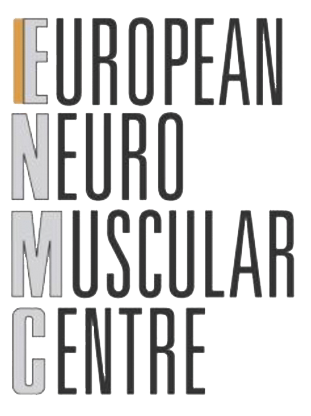#apaperaday: Cardiac care of children with dystrophinopathy and females carrying DMD-gene variations
In today’s #apaperaday, Prof. Aartsma-Rus reads and comments on the paper titled: Cardiac care of children with dystrophinopathy and females carrying DMD-gene variations
Today’s pick is on cardiac care in dystrophinopathy patients (male/female) by Bourke et a published in Heart BMJ. It is selected because Duchenne Center Netherlands is having similar efforts in the Netherlands and we have our first in person meeting today post pandemic. Doi 10.1136/openhrt-2022-001977
Mutations in the dystrophin gene underlie Duchenne & Becker. As the gene is located on the X-chromosome, females often have no symptoms, but they can have them and are especially at risk for developing cardiomyopathy (see World Duchenne Awareness Day 2022 theme: Women & Duchenne)
The authors are from the UK and outline that ~2500 Duchenne patients live in the UK. All Duchenne patients will develop dilated cardiomyopathy. However, due to inactivity because of skeletal muscle loss, symptoms only arise later.
Standards of care have been published for Duchenne patients, including the use of corticosteroids, which delays disease progression, including the cardiomyopathy. They also suggest early initiation of ACE-inhibitors.
Families in the UK were concerned that otherwise the guidelines were vague, and this triggered a group of experts in Newcastle and the patient advocacy group Duchenne UK and the North Start Network of neuromuscular centers in the UK to join forces and establish a working group.
Here they outline the recommendations summarized in this graph (which says more than I could in 20 tweets so I’ll refrain from summarizing the graph but will instead provide some highlights / NBs.

- Duchenne patients have heart pathology from the start, i.e. left ventricular systolic dysfunction. They do not show symptoms due to being less active. This means medication needs to be prophylactic and imaging is needed to tailor the medication (as symptoms cannot guide this).
- A cardiologist should ideally be part of the multidisciplinary team from early on and families should be made aware of the fact that heart problems will come so they can anticipate and become familiar with the cardiologist before pathology becomes severe.
- Once patients experience symptoms and once heart pathology becomes detectable on echo, the destructive processes have already long been underway.
- MRI is more sensitive in picking up pathology in the heart than echo. However, authors list some considerations for its use. First some patients have metal implants or are claustrophobic and MRI is not possible. Also, in young patients sedation may be needed and this is a risk factor for Duchenne patients due to respiratory problems and lack of dystrophin. Finally, gadolinium can enhance resolution. However, it also burdens the kidney, especially when serial analyses are needed. So authors preach caution.
- Females with dystrophinopathy mutations are at risk for developing cardiomyopathy as well (7-17% depending on various studies). They should be monitored for this.Ideally a baseline assessment (ECG) is done when the carrier status is confirmed and then follow up should happen every 3 years, and more if cardiomyopathy is detected. Treatment with the same medication combination as for Duchenne is warranted.
When these women get pregnant medication needs to be adjusted. I commend the authors for having this workshop and providing a good way to implement the guidelines – combined with their own expertise in the UK setting. Good example for the rest of the world.







